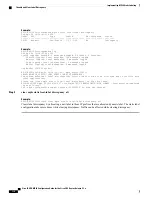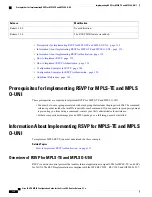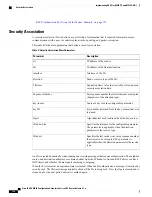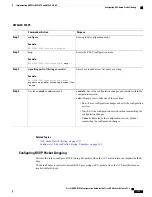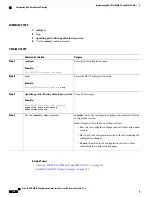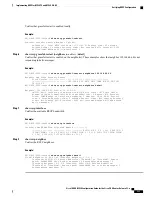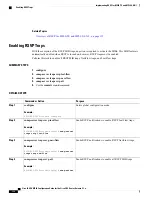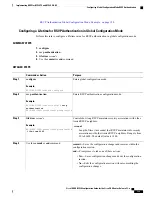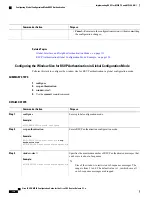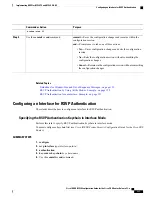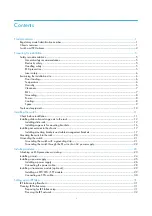
For more information about implementing keychain management, see
Cisco IOS XR System Security
Configuration Guide for the Cisco CRS Router
.
Related Topics
Enabling RSVP Authentication Using the Keychain in Global Configuration Mode, on page 133
RSVP Authentication Global Configuration Mode: Example, on page 150
Specifying the Keychain for RSVP Neighbor Authentication, on page 142
RSVP Neighbor Authentication: Example, on page 151
Guidelines for Window-Size and Out-of-Sequence Messages
These guidelines are required for window-size and out-of-sequence messages:
•
Default window-size is set to 1. If a single message is received out-of-sequence, RSVP rejects it and
displays a message.
•
When RSVP messages are sent in burst mode (for example, tunnel optimization), some messages can
become out-of-sequence for a short amount of time.
•
Window size can be increased by using the
window-size
command. When the window size is increased,
replay attacks can be detected with duplicate sequence numbers.
Related Topics
Configuring the Window Size for RSVP Authentication in Global Configuration Mode, on page 136
Configuring the Window Size for an Interface for RSVP Authentication, on page 140
Configuring the Window Size for RSVP Neighbor Authentication, on page 144
RSVP Authentication by Using All the Modes: Example, on page 152
RSVP Authentication for an Interface: Example, on page 151
Caveats for Out-of-Sequence
These caveats are listed for out-of-sequence:
•
When RSVP messages traverse multiple interface types with different maximum transmission unit
(MTU) values, some messages can become out-of-sequence if they are fragmented.
•
Packets with some IP options may be reordered.
•
Change in QoS configurations may lead to a transient reorder of packets.
•
QoS policies can cause a reorder of packets in a steady state.
Because all out-of-sequence messages are dropped, the sender must retransmit them. Because RSVP state
timeouts are generally long, out-of-sequence messages during a transient state do not lead to a state timeout.
How to Implement RSVP
RSVP requires coordination among several routers, establishing exchange of RSVP messages to set up LSPs.
Depending on the client application, RSVP requires some basic configuration, as described in these topics:
Cisco IOS XR MPLS Configuration Guide for the Cisco CRS Router, Release 5.1.x
122
Implementing RSVP for MPLS-TE and MPLS O-UNI
Guidelines for Window-Size and Out-of-Sequence Messages



